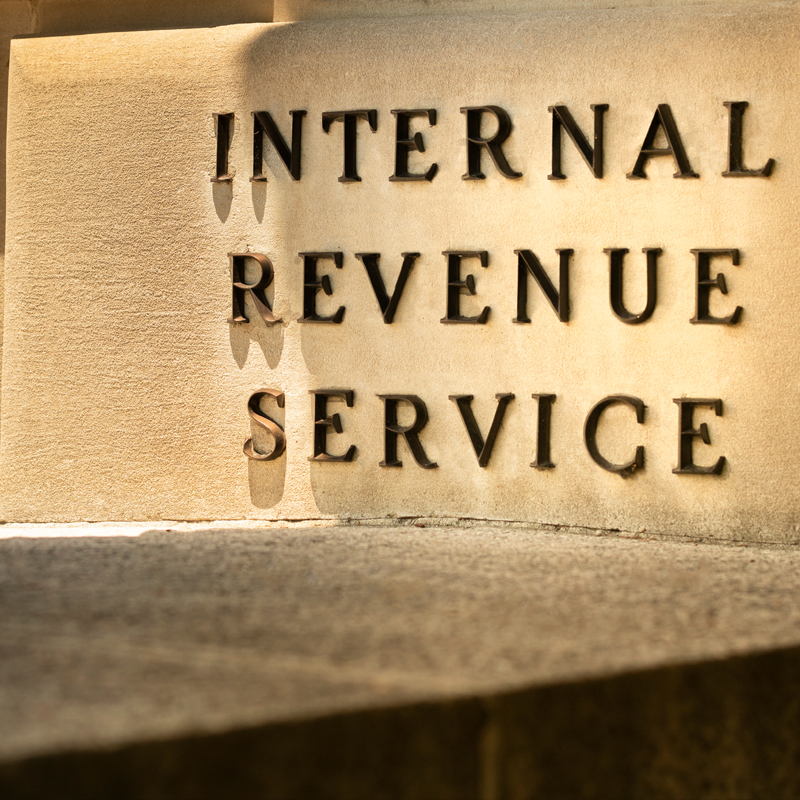 Being notified by the IRS that your 457(b) plan is under audit is about as fun as flying a kite in a lightning storm. You receive that letter or phone call followed by an official letter—an Information Document Request, or IDR—notifying you that the IRS is auditing your plan and your heart starts to race. Your mind quickly starts thinking of anything that may have occurred in the plan that you might not want the IRS to discover.
Being notified by the IRS that your 457(b) plan is under audit is about as fun as flying a kite in a lightning storm. You receive that letter or phone call followed by an official letter—an Information Document Request, or IDR—notifying you that the IRS is auditing your plan and your heart starts to race. Your mind quickly starts thinking of anything that may have occurred in the plan that you might not want the IRS to discover.
Relax! You’ve been taking great care of the plan and the audit won’t be too painful.
There are a few simple things that are good to remember in preparation of this moment, when it comes, because it will come. It always does. There are seven main areas you can address to prepare now to make that audit less painful:
1. Plan Documents. Having compliant plan documents and following them is huge! Remember, unlike 403(b) plans, there are no IRS pre-approved plan documents, so gather all plan documents from the inception of the plan and all interim amendments. Again, unlike the 403(b), for which amendments were not required for interim law changes until the restatement, this is not the case with 457 plans. With governmental 457(b) plans, the employer has 180 days to fix that after the IRS becomes aware of it—so fix that now!
2. Excess Deferrals. For the IRS, this is low-hanging fruit! Fewer errors are easier to find than excesses deferrals. If you’ve had someone contributing over the limit in the past, work with your TPA and legal department to clear this up soon!
3. Ineligible Plans. If you are not a state or local government, you should not be operating a 457(b) governmental plan. If you are a state or local government agency and are not grandfathered in by rules back before May 1986, you should not have a 401(k) plan in place.
4. Required Minimum Distributions (RMDs). This may not ding your plan directly, but it could have severe consequences for participants if not taken.
5. Ineligible Participants. If the plan document was written to include or exclude certain employees, you need to stick to this.
6. Plan Features. Plan features for vesting, loans and unforeseeable emergencies need to be followed. These options may or may not be allowed, but the plan needs to follow whatever is written in the plan document. If your plan has a vesting provision (this is uncommon), remember that the contributions do not count toward the annual limit until vested, which can cause excesses inadvertently.
7. Contributions. Making sure no one contributes over the contribution limit is another easy find for IRS auditors. These limits include contributions to other 457(b) plans, but are separate from those made to 403(b), 401(k), 401(a) or 457(f) plans. If contributions are made as pre-tax or Roth, then payroll should reflect the actual contributions in the account with the investment provider. Correct use of the age-50 and special three-year catch-up is another easy target for the IRS.
Section 457(b) plans are an amazing tool that have allowed millions of government employees save trillions of dollars for retirement. The rules aren’t too arduous, but they do need to be followed—and following these seven steps will be a tremendous help when that audit comes!
Ryan Frandsen is a Client Relationship Manager at National Benefit Services.
- Log in to post comments
